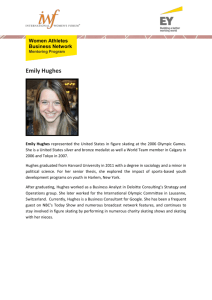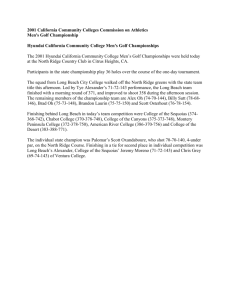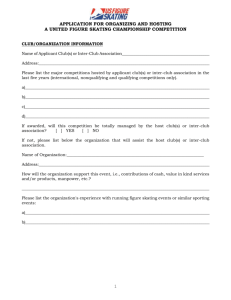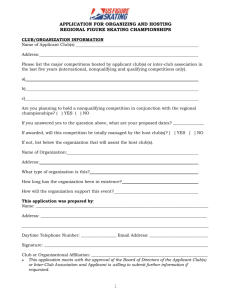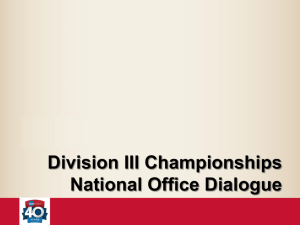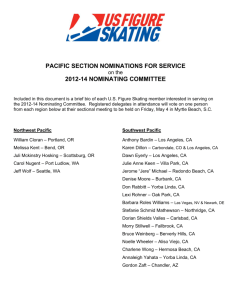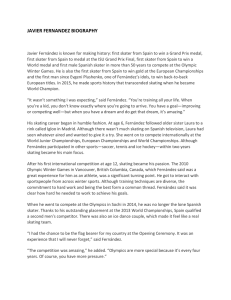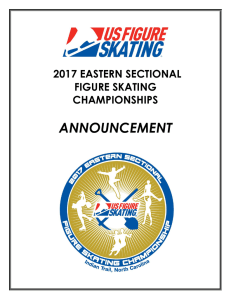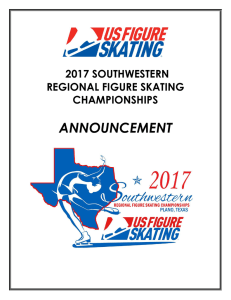North American short track championship
advertisement
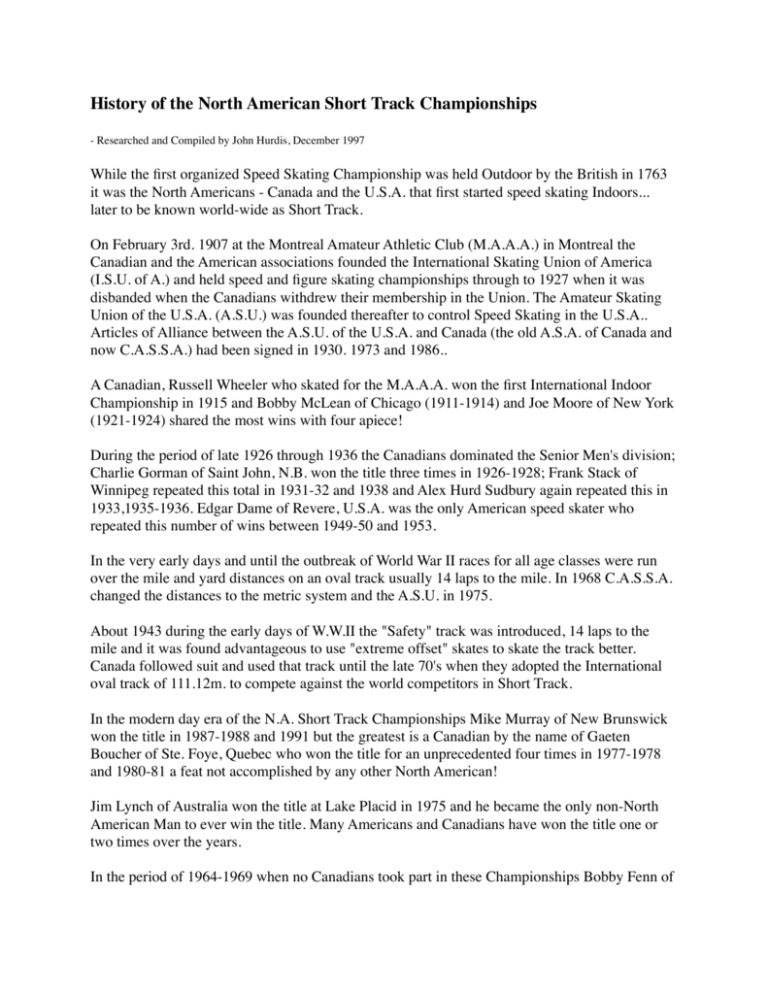
History of the North American Short Track Championships - Researched and Compiled by John Hurdis, December 1997 While the first organized Speed Skating Championship was held Outdoor by the British in 1763 it was the North Americans - Canada and the U.S.A. that first started speed skating Indoors... later to be known world-wide as Short Track. On February 3rd. 1907 at the Montreal Amateur Athletic Club (M.A.A.A.) in Montreal the Canadian and the American associations founded the International Skating Union of America (I.S.U. of A.) and held speed and figure skating championships through to 1927 when it was disbanded when the Canadians withdrew their membership in the Union. The Amateur Skating Union of the U.S.A. (A.S.U.) was founded thereafter to control Speed Skating in the U.S.A.. Articles of Alliance between the A.S.U. of the U.S.A. and Canada (the old A.S.A. of Canada and now C.A.S.S.A.) had been signed in 1930. 1973 and 1986.. A Canadian, Russell Wheeler who skated for the M.A.A.A. won the first International Indoor Championship in 1915 and Bobby McLean of Chicago (1911-1914) and Joe Moore of New York (1921-1924) shared the most wins with four apiece! During the period of late 1926 through 1936 the Canadians dominated the Senior Men's division; Charlie Gorman of Saint John, N.B. won the title three times in 1926-1928; Frank Stack of Winnipeg repeated this total in 1931-32 and 1938 and Alex Hurd Sudbury again repeated this in 1933,1935-1936. Edgar Dame of Revere, U.S.A. was the only American speed skater who repeated this number of wins between 1949-50 and 1953. In the very early days and until the outbreak of World War II races for all age classes were run over the mile and yard distances on an oval track usually 14 laps to the mile. In 1968 C.A.S.S.A. changed the distances to the metric system and the A.S.U. in 1975. About 1943 during the early days of W.W.II the "Safety" track was introduced, 14 laps to the mile and it was found advantageous to use "extreme offset" skates to skate the track better. Canada followed suit and used that track until the late 70's when they adopted the International oval track of 111.12m. to compete against the world competitors in Short Track. In the modern day era of the N.A. Short Track Championships Mike Murray of New Brunswick won the title in 1987-1988 and 1991 but the greatest is a Canadian by the name of Gaeten Boucher of Ste. Foye, Quebec who won the title for an unprecedented four times in 1977-1978 and 1980-81 a feat not accomplished by any other North American! Jim Lynch of Australia won the title at Lake Placid in 1975 and he became the only non-North American Man to ever win the title. Many Americans and Canadians have won the title one or two times over the years. In the period of 1964-1969 when no Canadians took part in these Championships Bobby Fenn of Flushing, N.Y., Buddy Campbell of California, Bill Lanigan of Flushing, N.Y. and John Keith of Paramount won titles and they were recorded as U.S.title events. (source: the A.S.U. Handbook 1996-1997). In 1921 Championships were held for Ladies, Gladys Robinson of the Golden Orchard Club of Toronto won the I.S.U. of A. title as Senior Ladies champion 1921-22 this was followed by a number of Americans until Leila Brooks from the same club as Robinson won the title in 1935. Barbara DeSchepper of Detroit won the title four times in 1950, 1953-55 and Michelle Conroy of St. Paul won the title three times in 1972, 1973 (a tie) and 1974. Cathy Turnbull of Saskatoon became the first Canadian to win three titles with her wins in 1978-1980 and another Canadian and former President of C.A.S.S.A.) Pat Underhill of Edmonton winning in 1956. Karen Gardiner of Australia won the title in 1987 and 1989 and was the only non-North American Lady to win the title. The greatest Ladies champion is an American, Jeanne Ashworth of Wilmington, who won the title five times in 1957-1961 (she also won U.S. National titles in both Indoor and Outdoor [and the N.A.in Outdoors] and represented the U.S. as a member of Olympic Speed Skating squad in 1960, winning a Bronze in the 500 meter, and again in 1964. Although the N.A. championships are for all age classes down to six year olds for Boys and Girls and Men and Women it is only the Senior Classes that are listed in the A.S.U. Handbooks. In 1976 the N.A. Championship Medallions were instituted and Leon Wilmot and Larry Ralston with help from Jean Grenier were the designers. The wording is in English and French on the front and on the reverse side is shown the continent of North America along with the logo's of the A.S.U. and C.A.S.S.A. The A.S.U. maintains a Trust Fund for the purchase of Medallions and Medals. A contribution of $1,000 enables the contributor to designate a Medallion Award on a particular class championship in the name of a person or organization (to this date all the Medallion Awards have been taken). The sponsors name appears on an engraved plate on the wooden base that supports the medallion. Thanks are extended to Lawrence (Larry) R. Ralston, former Secretary of the A.S.U. and Robert R. Vehe, former Editor of the "Racing Blade" and Editor/Compiler for many years of the A.S.U. Handbooks. Published in English/French in "The Racer" Vol.21. No.2. and Vol.21, No. 3. Dec. 1986/Jan.1987.


